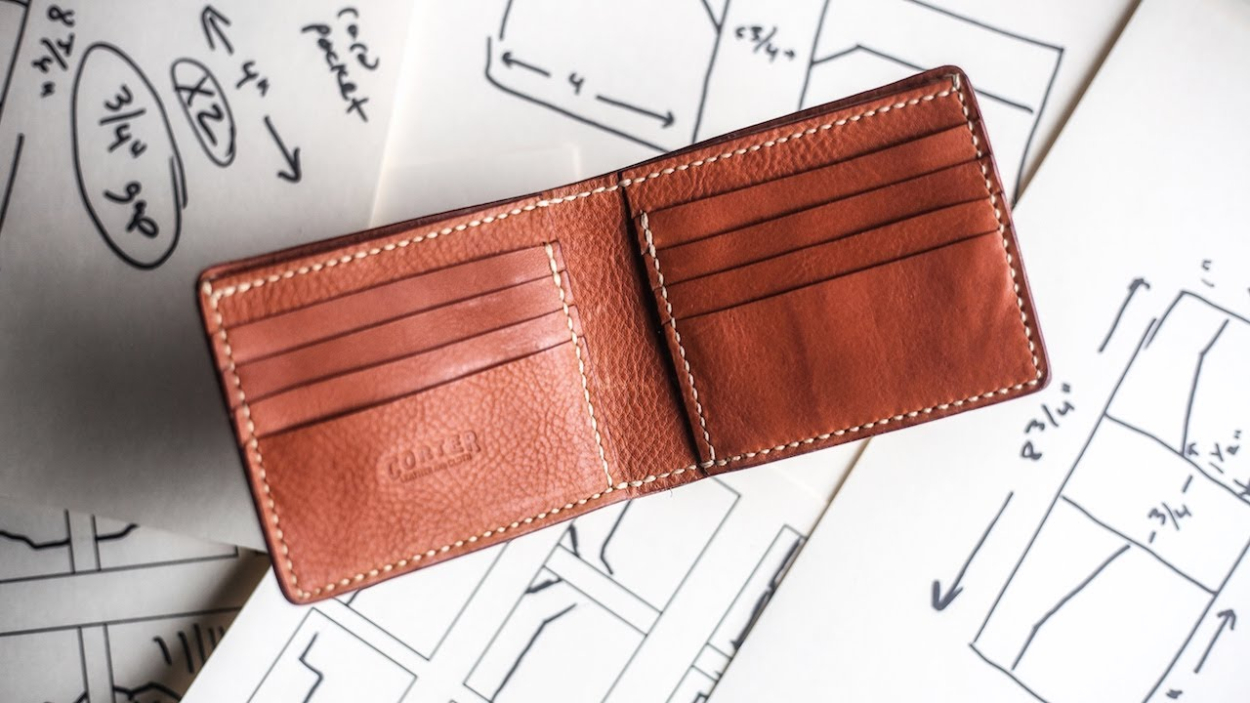
Becoming a leather designer can be an exciting and rewarding career path. It involves combining creativity, technical skills, and knowledge of leather materials to design and create unique leather products. Here are some steps you can take to become a leather designer:
Develop your artistic skills: Start by honing your artistic abilities and developing a strong sense of design. Take art classes, explore different art forms, and practice sketching and drawing. This will help you develop an eye for aesthetics and design elements.
Learn about leather: Familiarise yourself with different types of leather, their characteristics, and uses. Understand how leather is sourced, processed, and treated. Learn about the different grades of leather, tanning processes, and finishes. This knowledge will be valuable in creating designs that complement the properties of different types of leather.
Gain technical knowledge: Take courses or workshops that focus on leatherworking and craftsmanship. Learn about pattern making, cutting techniques, stitching, and assembling leather pieces. Understanding the technical aspects of working with leather will enable you to translate your designs into tangible products effectively.
Study fashion and design: Enrol in a fashion or design program that offers courses in accessory design or leatherworking. This will provide you with a solid foundation in design principles, fashion trends, and product development. Additionally, it will help you understand the fashion industry and consumer preferences.
Seek practical experience: Look for opportunities to gain hands-on experience in the industry. Consider internships or apprenticeships with established leather designers or fashion houses. This will allow you to learn from professionals, understand the business side of the industry, and build a network of contacts.
Create a portfolio: As you develop your skills and create your own designs, build a portfolio that showcases your work. Include sketches, technical drawings, photographs of finished products, and any other relevant documentation. Your portfolio will be essential when applying for jobs or presenting your work to potential clients.
Establish your brand: If you aspire to become an independent leather designer, start building your own brand. Develop a unique design aesthetic and create a collection of products that reflect your style. Build an online presence through a website or social media platforms to showcase your work and attract potential clients.
Network and collaborate: Attend industry events, trade shows, and networking sessions to connect with other professionals in the field. Collaborate with other designers, manufacturers, and suppliers to expand your knowledge and gain exposure. Building relationships within the industry can open doors to new opportunities and collaborations.
Stay updated: Keep yourself informed about the latest trends, techniques, and innovations in leather design. Subscribe to industry publications, follow influential designers and brands, and join relevant professional associations. Continuous learning and staying current with industry developments will help you stay competitive in the field.
Market yourself: Promote your work through various channels, such as social media, your website, or local exhibitions. Showcase your portfolio to potential clients, boutiques, and retailers. Consider participating in fashion shows or competitions to gain visibility and recognition for your designs.
Remember that becoming a successful leather designer takes time, dedication, and continuous learning. Embrace opportunities to learn from others, be open to constructive criticism, and consistently refine your skills and design aesthetic. With passion, creativity, and perseverance, you can build a successful career as a leather designer.
Becoming a leather designer involves a combination of creativity, skill development, and industry knowledge. Here are five steps to help you embark on a path to becoming a leather designer:
Develop a Strong Design Foundation: Begin by developing a strong foundation in design principles and techniques. Consider enrolling in a design-related course or pursuing a degree in fashion design, textile design, or a related field. Focus on learning about materials, colour theory, sketching, and design software. Building a solid design foundation will help you understand the fundamentals of design and enable you to apply them effectively to leatherwork.
Gain Knowledge of Leather: Immerse yourself in the world of leather. Research and learn about various types of leather, their properties, and their applications. Understand the different techniques used in leatherworking, such as cutting, stitching, dyeing, and finishing. Familiarise yourself with leatherworking tools and equipment. Attend workshops, trade shows, and exhibitions related to leather design to gain exposure and learn from experienced professionals.
Hone Your Leatherworking Skills: Practise your leatherworking skills by engaging in hands-on projects. Start with simple designs and gradually progress to more complex pieces. Experiment with different techniques and explore innovative ways to work with leather. Invest in quality tools and materials to achieve the best results. Additionally, seek opportunities to learn from experienced leather artisans or consider taking specialised leatherworking courses to further enhance your skills.
Develop a Signature Style: As you gain experience and confidence in your leatherworking abilities, focus on developing a unique style that sets you apart as a designer. Experiment with different design elements, such as texture, embellishments, and finishes, to create your signature aesthetic. Developing a recognizable style will help you establish your brand identity and attract potential clients or employers.
Build a Portfolio and Network: Create a professional portfolio showcasing your best leather designs. Include high-quality photographs or physical samples of your work to highlight your skills and creativity. Establish an online presence by creating a website or using platforms like Instagram to showcase your portfolio and attract potential clients or collaborators. Attend industry events, connect with other professionals in the field, and participate in design competitions to expand your network and gain exposure.
Remember, becoming a successful leather designer takes time and dedication. Continuously refine your skills, stay updated with industry trends, and seek feedback from mentors or professionals in the field. With persistence and a passion for leather design, you can carve a rewarding career as a leather designer.